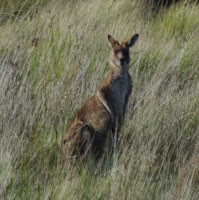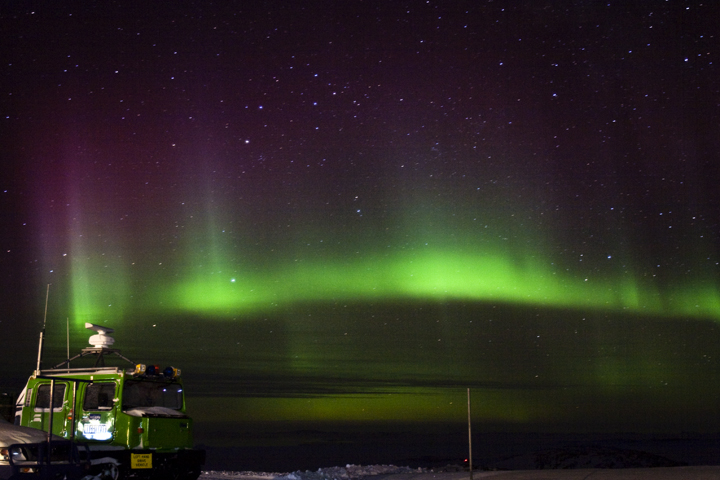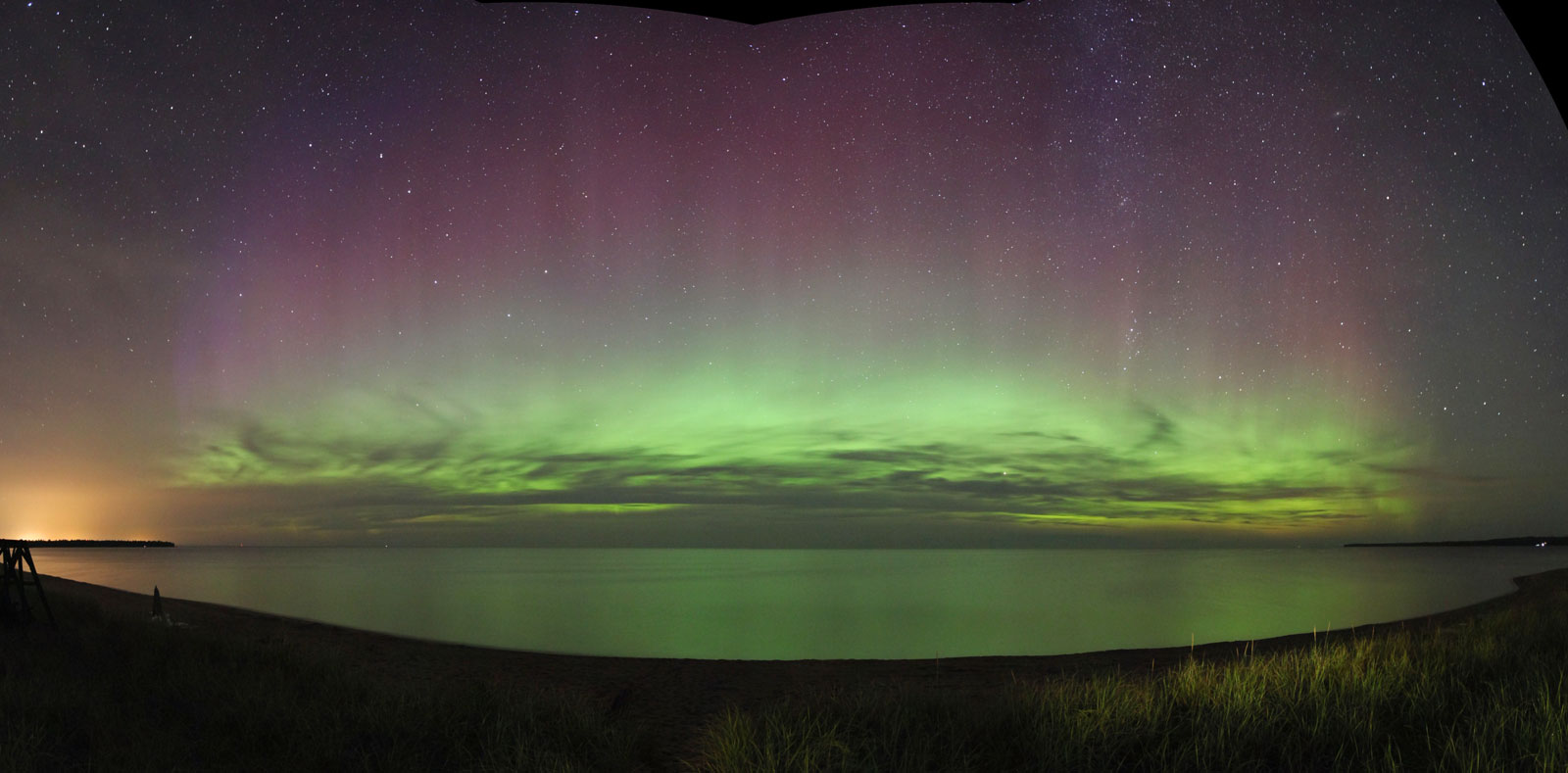Most of the action on the beach at the moment is occurring down at the low tide line. If you look there is extensive development and changes in the sand bars. You can read the direction of the longshore drift of the sand by analysing the sand bars.
Look to find which end the bar is connected to the beach. If this is at the southern end of the sand bar the net longshore sand drift will be going to the north. If connected at the northern end the net longshore sand drift will the going south.
Note: Diagrammatic only & not to scale
The mechanism of longshore drift on a long sweeping beach like Venus Bay is fairly easy to explain. The wave hit the beach slightly obliquely (this depends of ocean currents and nearby coast and sea floor topography) and carry some sand particles up the beach in the same direction that the wave was travelling as it hit the shore. Then the wave receded but now the water runs down the gradient of the beach (ie at right angles to the beach) so some sand is again washed back but following this new flow direction. so the sand particles zig zag up and then down the beach moving them along the shore a little as each wave carries them up the beach.
Very much related to the development of sand bars along the Venus Bay beach are Rip currents. These are feed with water but the lagoons and depressions that form behind the sand bars water coming over the bars has to run along this hollow to get back out to sea. Sometimes it quickly erodes deep gutters (a favourite pace for surf fisherman at higher tides) or pot holes. Often the sand near the deeper pots holes is very loose and unconsolidated because it is recently transported there.
Over the past few years the longshore drift has been dominantly to the south but this year It would appear that the general sand drift has turned to the north. It would be nice if all those interested observed the sandbars and posted their observations of sand drift as comments here or as messages on Twitter using the either hashtag #VBOP or to @VBOP
Eg for twitter
@VBOP beach one sand bars show sand drift to north















































